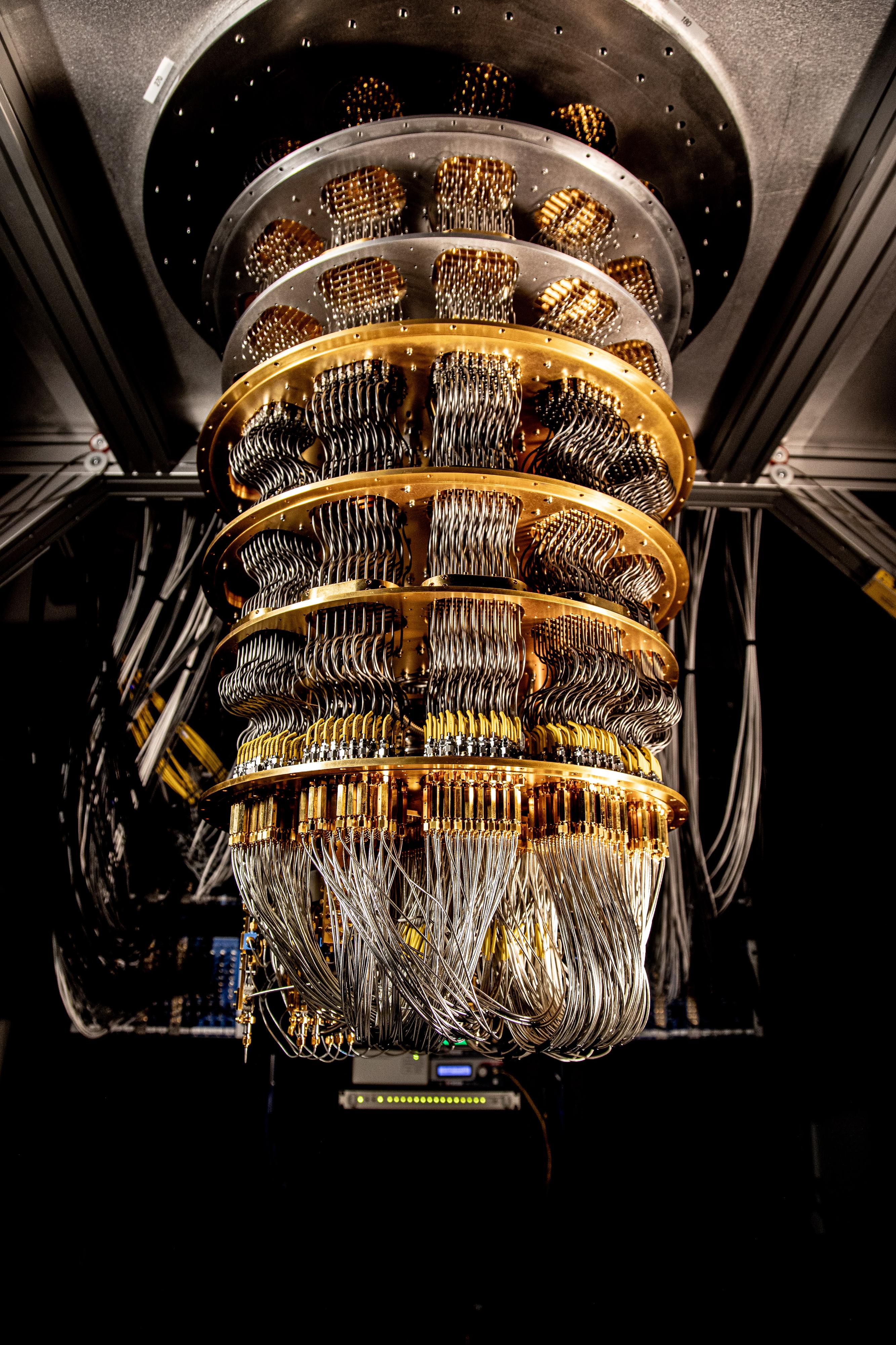Google has a set of six milestones they aim to surpass in order to have a commercially viable quantum computer. The first one was quantum advantage: having a quantum machine that could do a computation faster than a supercomputer. This was achieved in 2019. Now, the Mountain View based company has achieved its second one: lowering the error rate of calculations.
They approached this by making their quantum processors bigger. At the core of these processes, there are qubits – quantum bits – the computational machinery that gives quantum computers the advantage over traditional ones. But they have a drawback: error correction is much more difficult to do in the quantum world than in the regular one.
A regular computer will store copies of whatever information one has in special error correction bits. If an error occurs in the original, it can be checked against the copy and corrected if necessary. This can’t happen in the quantum world. The qubits are in superposition. They are not just a 0 or a 1 like regular bits but they are a mixture of these two states.
Observing and taking a measurement of a quantum state collapses the wave function of the state. This means that the state is no longer in superposition, so now it will be a 0 or a 1. To avoid this, theoretical physicists have been working on the problem of correcting quantum errors. One approach sees the creation of a logical qubit which is made of many physical qubits. The machine just has to use some physical qubits to correct possible errors in the logical qubit.
“Our quantum computers work by manipulating qubits in an orchestrated fashion that we call quantum algorithms. The challenge is that qubits are so sensitive that even stray light can cause calculation errors – and the problem worsens as quantum computers grow,” Sundar Pichai, CEO of Google and parent company Alphabet, wrote in a blog post.

The fully assembled Google Quantum AI. Image Credit: Google Quantum AI
The more physical qubits, the better the logical qubit is expected to be. But it is not a simple case of increasing the numbers indefinitely. More qubits might also lead to two of them getting the same error. But it is possible to correct these multiple errors. And this is what the Google team found. A version that uses 17 physical qubits could recover one error at a time. But a version with 49 qubits could do more: it had better overall performance and could deal with two errors at once.
“It came down by a little; we need it to come down a lot,” Hartmut Neven, Engineering Director at Google’s Quantum Artificial Intelligence Lab, said in a press conference as reported by Nature.
Pichai explains how this is the first time that a logical qubit has been scaled experimentally.
The sixth milestone for Google would be to have a quantum computer made of 1 million physical qubits and 1,000 logical ones, meaning each logical qubit has 1,000 physical qubits that can be used for error corrections and more. Google hopes to achieve that by the end of the decade.
The work was published in Nature.
Source Link: New "Milestone" Reached By Google Quantum Computer